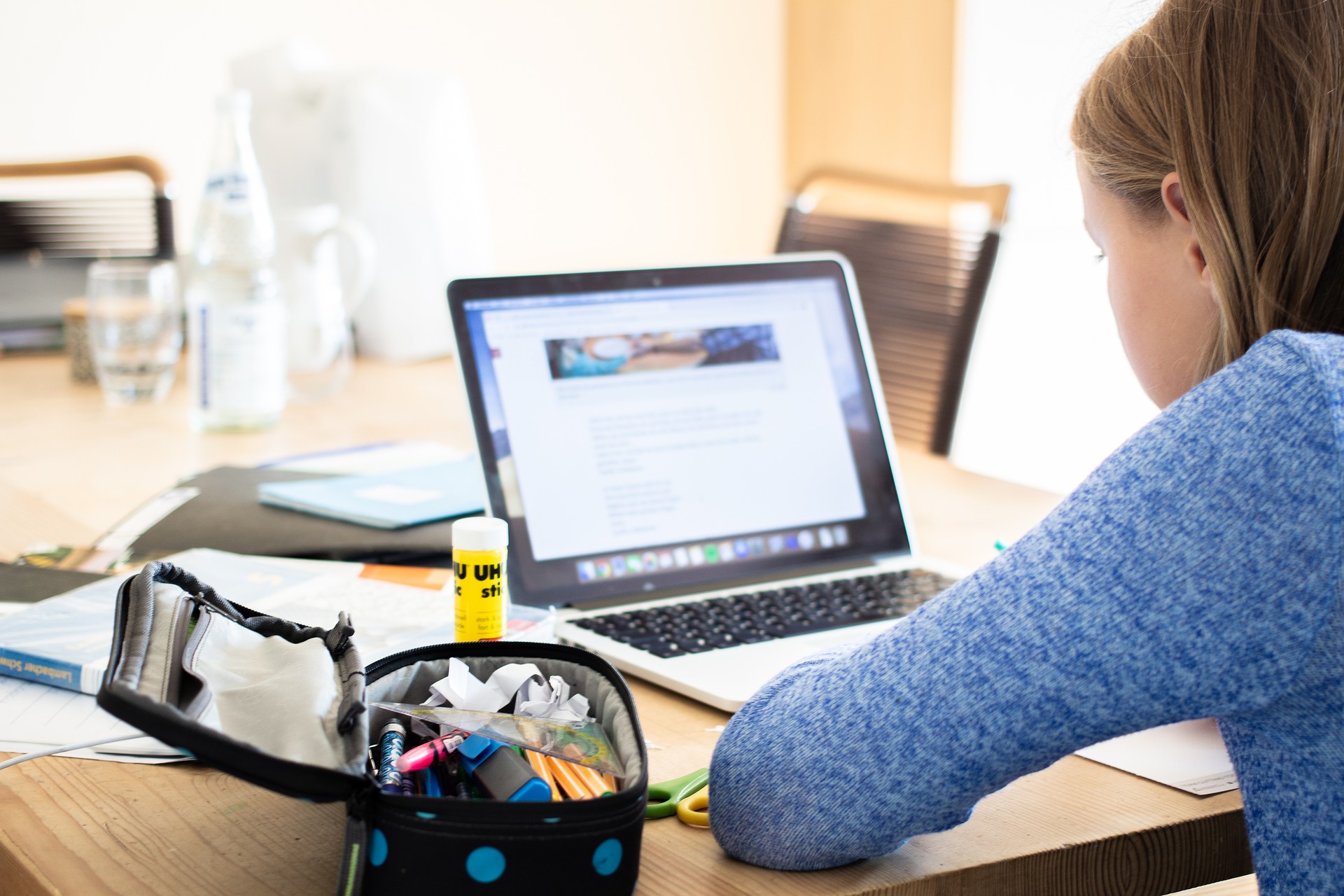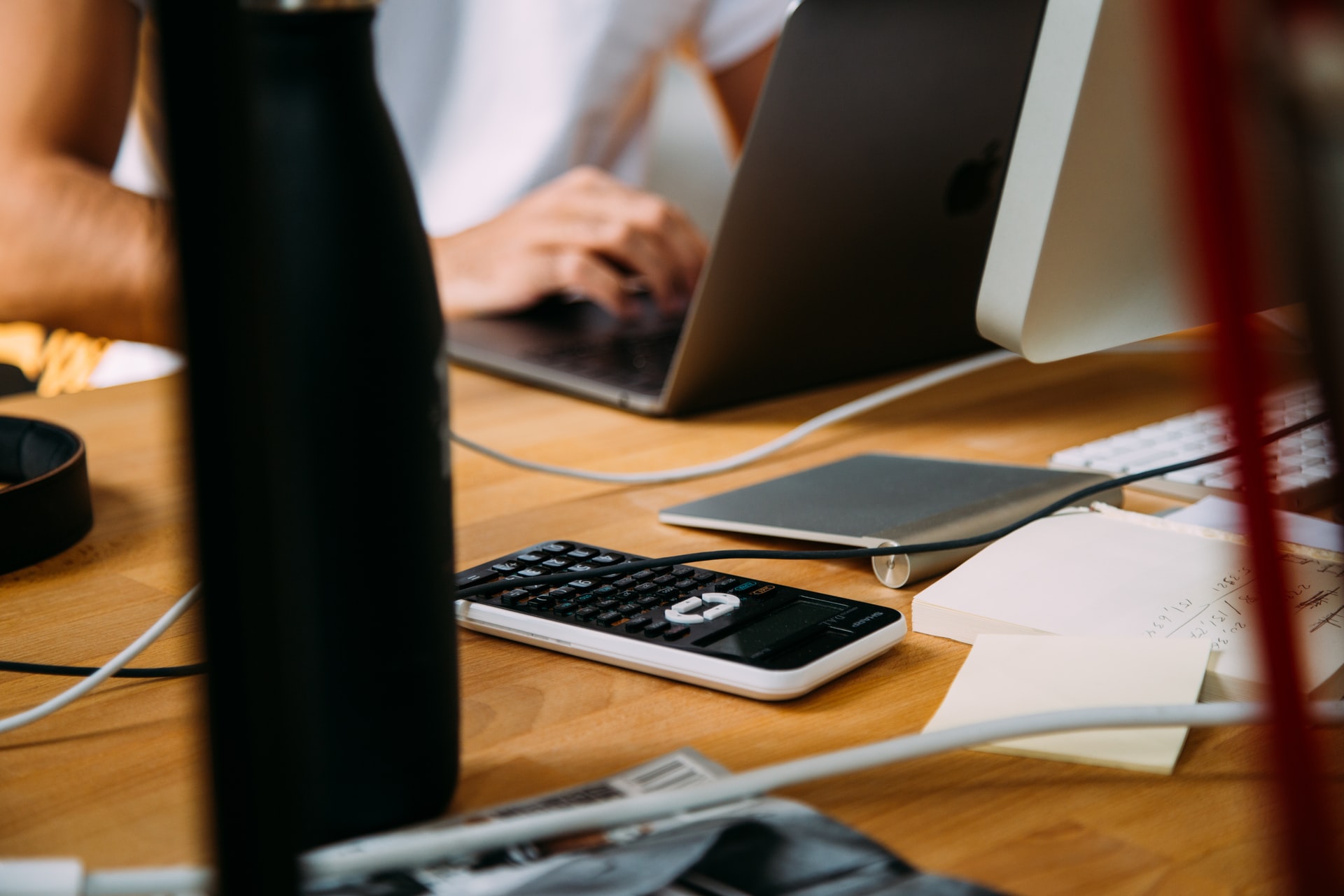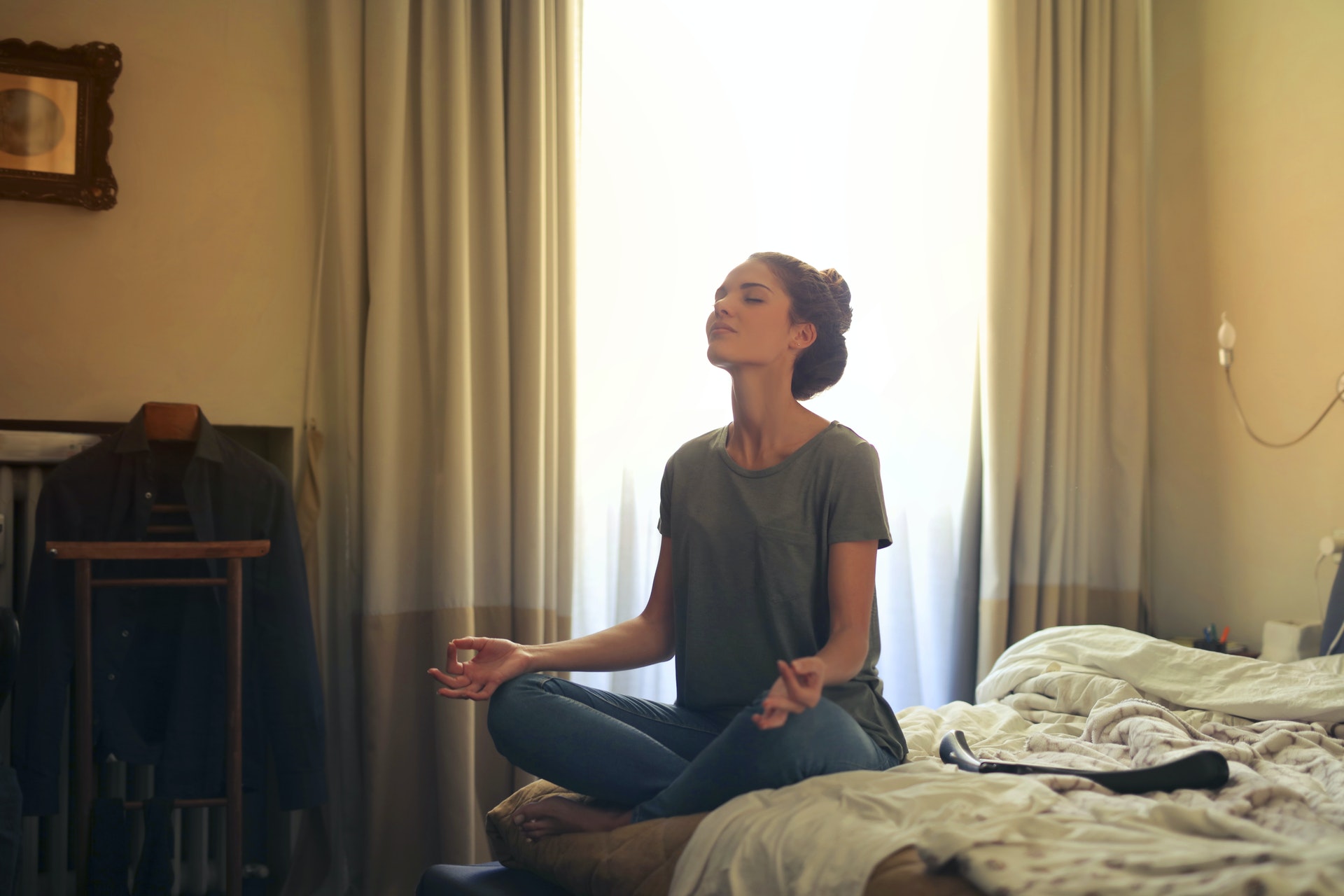
A healthy work-life balance is achievable even when one of the notable words used to describe the world we live in is VUCA. The concept of the term VUCA World has become quite the buzzword, especially during the COVID-19 pandemic. VUCA means to say that the world is characterized by Volatility, Uncertainty, Complexity, and Ambiguity. By the unpredictable nature of our external environment, we would often find ourselves in situations of turbulence, dynamism, and uncertainty.
Volatility is associated with fluctuations in demand and shorter time-to-market. The world is incredibly fast-paced. The more volatile things are, the quicker things change. Uncertainty, on the other hand, relates to how difficult it is to understand what is happening now and what could happen in the future. Meanwhile, complexity subsumes the various factors and relationships that exist in the world and emphasizes each one's interconnectedness. Last, ambiguity describes situations wherein information is lacking, contradicting, or inaccurate. It generally captures those which are vague or challenging to interpret.
With all these factors present in the VUCA world, it looks to be impossible to fully gauge the environment that exists and affects us. It becomes tough to rationalize and work, but we still must find the means and methods to continue regardless of society.
Video editors are not exempt from all these challenges. Since the dawn of the digital age, more than ever, demand has risen for the average video editor. Video editing is crucial in the production of different materials for promotional and entertainment consumption. The fruits of video editing are everywhere—Youtube, Netflix, TV, Facebook, and Instagram are just some of the many, many sites you could see them.
As a video-editor doing remote work, one of the most pressing challenges is cultivating a healthy match between personal life and professional life.
How Video Editors Can Achieve a Work-Life Balance:
-
Keep account of what takes most of your time and energy
It might feel like added work to document what you do in a day, but it is vital to understand and tackle the problem at its root—everything else is just a band-aid. Having applications such as Google Calendar, Asana, and My Work Shift Calendar where you input your to-dos can help you see how your day looks from a broader perspective. This macro-perspective gives you room for self-reflection.
At the end of the day, opt to review how and where you spend your time. You can give yourself the space to discern whether there is something in your daily agendas that needs tweaking—and often, there is.
-
Set boundaries
Whether you are an employee or a freelancer, it can seem a bit (or a lot) difficult not to respond. It is not uncommon to see employers sending emails for more revisions during the wee hours. Instinctively, you will want to view the email—and viewing leads to replying while replying also trickles down to thinking about the whole project as you lie in bed. Are you sure work should be the last thing on your mind as you drift off? Set boundaries.
Even if you prefer reading the email, train yourself to stop feeling obligated to reply. Discipline yourself to leave it for the next day, for the following business hours.
Should you choose to compose your response, it would be best to schedule send for the morning. This helps to send a message to your employers—a statement of respecting personal time. Just because you are at home does not mean people have a free pass to keep assigning work to do. Release yourself from this trap. Take time off.
Just as a spin-off to the usual "Learn to say no" advice, what you can learn here is:
Learn to say “not now”.
-
Remember the Law of Diminishing Marginal Productivity
A key term in economics classes is the Law of Diminishing Marginal Productivity. You can undoubtedly apply it to your video-editing pursuits—and not just for manufacturing and production. When you find yourself working on a particular task for an extended number of hours, consider switching it up. It is proven to be an efficient approach when you go from one job to another. The reason behind this is that the marginal increase in productivity lessens and lessens as more time passes
-
Make fitness a priority
Floated in media are real, sometimes comedic posts that associate editors, gamers, and writers with a conduct that does not meet the bounds of a healthy lifestyle—packets of instant noodles and canned food coupled with energy drinks seem to construct this archetype. While it is not the reality for everyone, the lesson here is to keep health in check.
It is so easy to get lost in crunching deadlines for videos and other commissions, to the point that you begin skipping meals or becoming a hermit. Sometimes people feel as though they could not afford to balance the personal and professional; however, in the long-run, is sacrificing your well-being really the most cost-saving approach?
Sitting is a silent killer. Straining yourself physically is the last thing you should be doing. As it is, video editing is already consuming much of your energy mentally; it should not have to be detrimental to your body physically. Sitting for the whole duration of your video editing is certainly not the best choice for your body.
Investing in a standing desk can be the holy grail your back has been waiting for. Having an Adjustable Standing Desk allows you to move from a sitting to a standing height through a swift and smooth hand crank. A great thing about these desks is that they’re also designed to consider people who use wheelchairs. These desks are inclusive, functional, and durable.
Taking it even further, you can try complementing your standing desk with a Standing Desk Anti-Fatigue Mat. These mats are meant to reduce the fatigue you might experience from standing, and they actually make the transition from sitting to standing easier. Plus, the mats are designed for maximum comfort with their extreme ergo-foam cushioning quality.
For those of you who are a little hesitant to make the shift because it can seem too complicated or fragile, rest assured, these products operate on simple mechanisms that need very little maintenance. They can support up to 100 kilograms of weight.
To put things into perspective, that is the average weight of a mature fur seal, a pacific dolphin, and a giant panda. So, unless your laptop has miraculously weighed as much as a bear, you have essentially no reason to fret.
-
Have a Sustainable Diet
After incorporating movement in your everyday agendas, the best complement would be to practice healthy and mindful eating. Eating healthy lets you feel great—you will have better energy and a happier mood. Having a healthy diet is not too complicated. As with a work-life balance, a good diet also maintains a balance between three food groups: protein, fats, and carbohydrates.
It helps to be conscious about what you put in your body—protein, whether plant-based or from animals, is essential for muscle repair and building. Protein also lowers blood pressure and is good for your bones. Protein can be derived from meat (i.e. beef and pork), poultry (i.e. chicken, turkey, and duck), fish and seafood (i.e. shrimp, crab, lobster), dairy products (i.e. milk and yogurt), and eggs.
On the other hand, fats have a bad reputation for the average person, but not all fat is the same. Healthy fats include Omega-3, which is vital for physical and emotional health. Some of the good choices or fats would be nuts, nut butters, salmon, and avocados, among others. With carbohydrates, most of what you consume should ideally be complex, unrefined carbs such as vegetables, whole grains, and fruits instead of sugars and refined carbohydrates.
Restricting yourself of any and to any food group should be made upon your doctor's recommendation since the body needs all three: protein, carbohydrates, and fats to function properly. Apart from what you eat, it is also essential to take note of when you eat. The timing of your meals is just as important as what you consume. As much as you can, it would be best not to keep skipping meals while you work.
Incorporating these four steps in your activities is a propeller to achieving a healthy work-life balance. Ultimately, the goal is to minimize the risks of being overworked and burnt-out. The job of video editing might blur the lines between home and work, but it is definitely possible to achieve a good work-life balance regardless.





